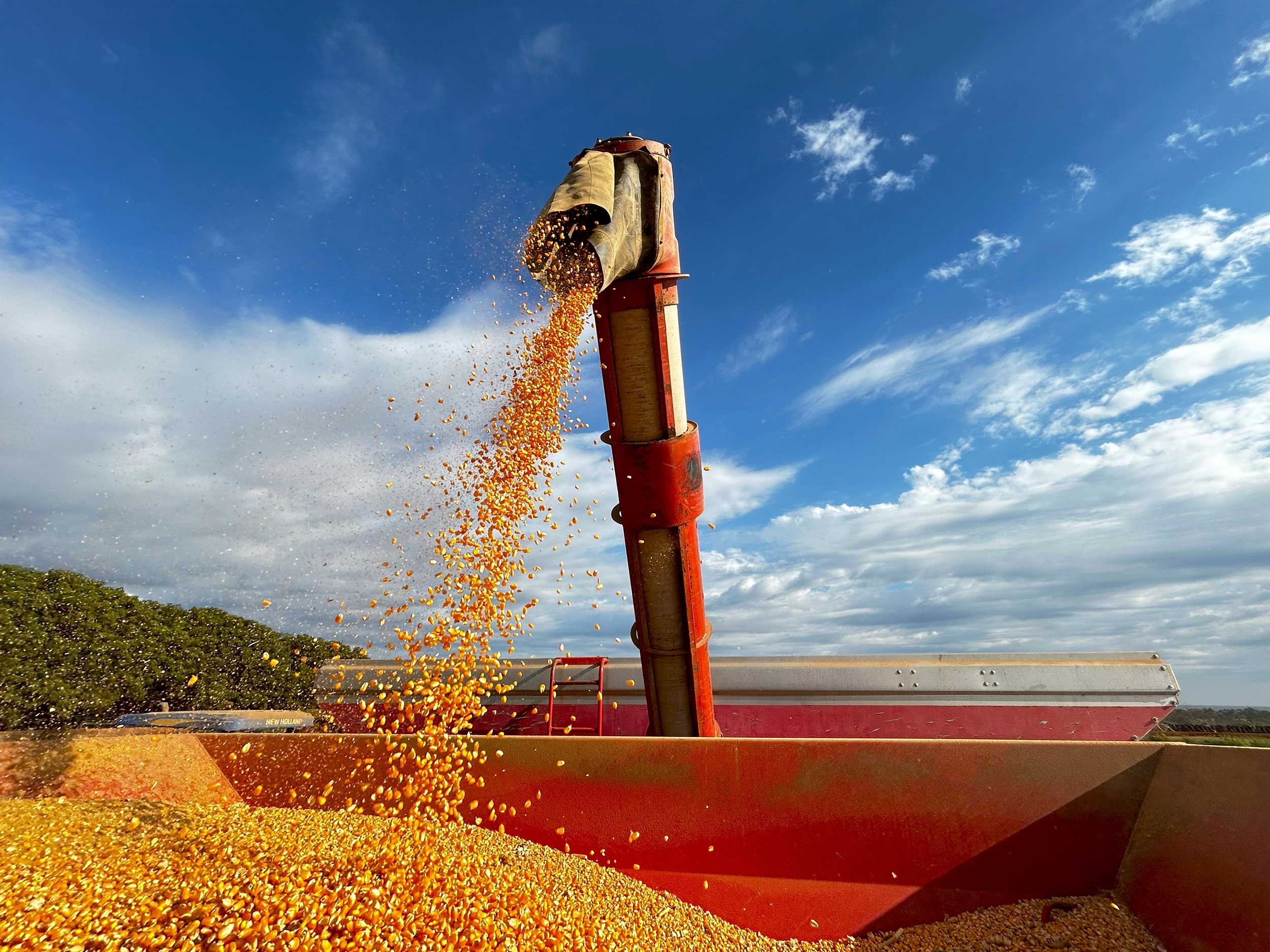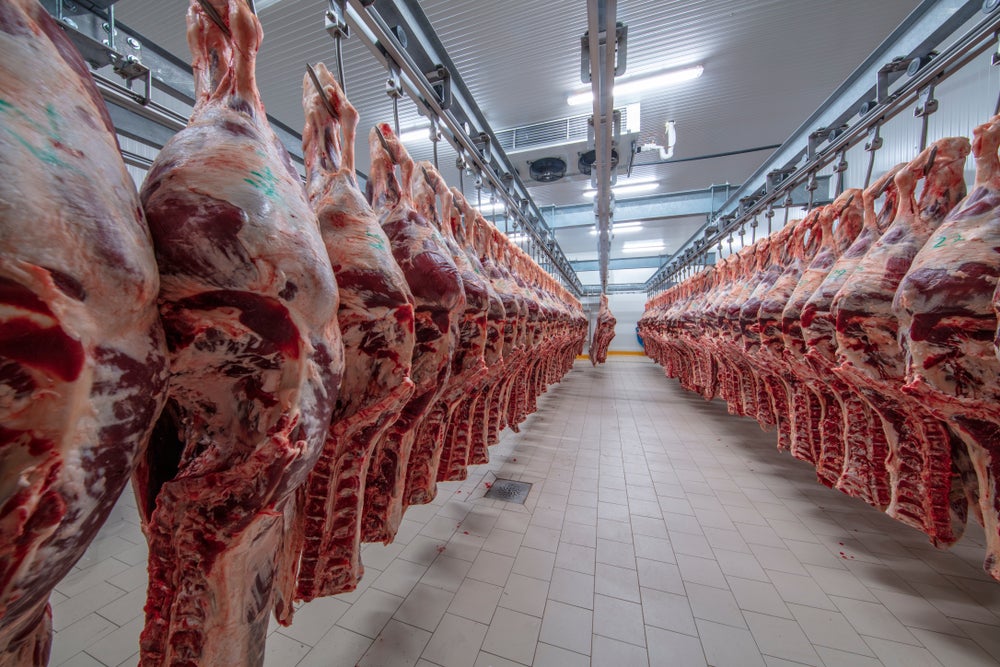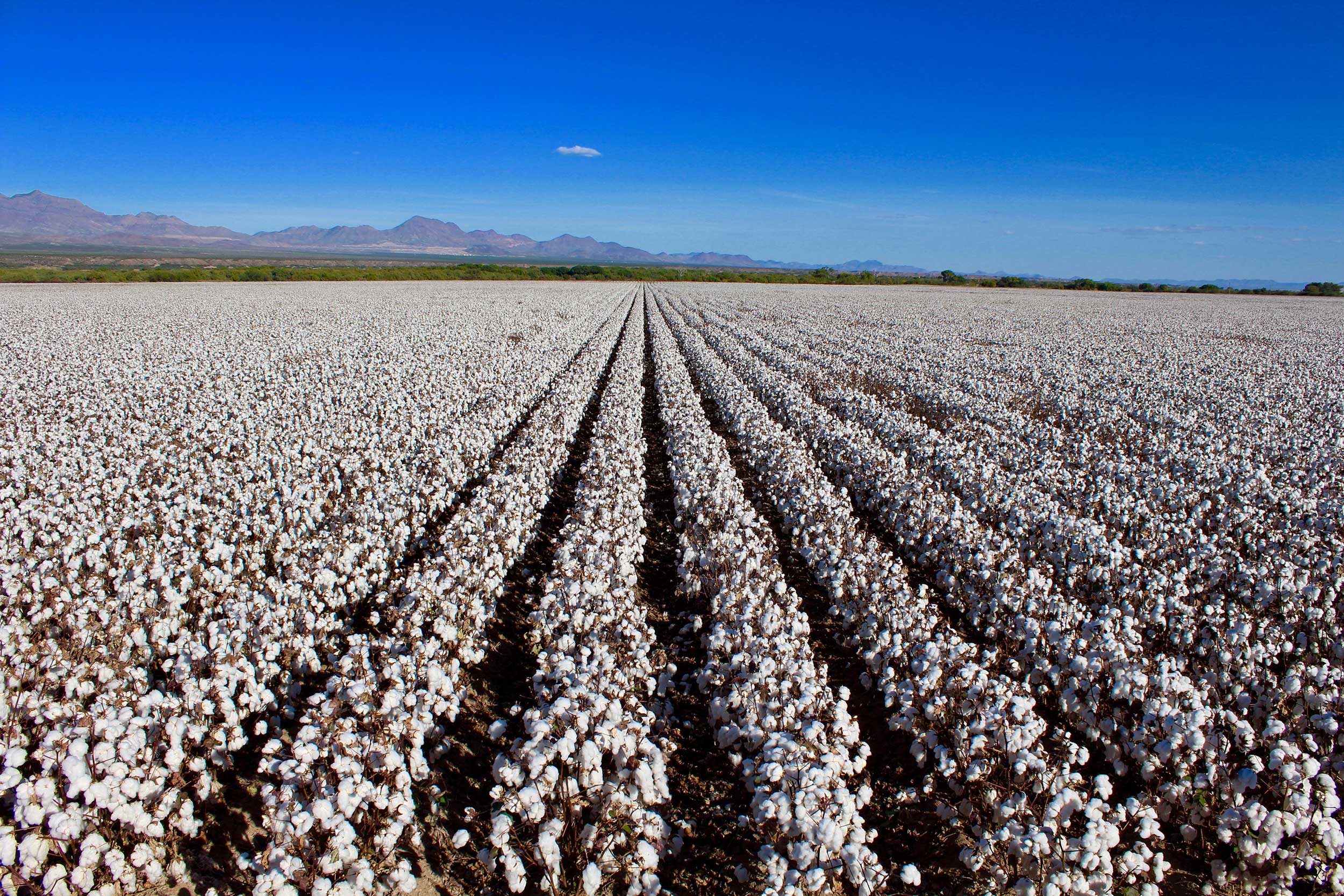DAILY Bites
-
A shrinking U.S. labor force driven by declining birth rates, lower immigration, and rising retirements is creating serious labor shortages, especially in rural areas.
-
Economic pressure is mounting in agriculture, housing, and manufacturing, with rising home costs, weakening crop exports, and policy uncertainty straining rural development.
-
Animal protein and dairy sectors remain strong amid tight supplies and high global demand, while sectors like cotton, rice, and sugar face cost, weather, and global market headwinds.
DAILY Discussion
Declining labor force participation, lower birth rates, and a collapse in net migration are combining to squeeze the U.S. labor supply. The looming labor shortage could begin to weigh on businesses and strain economic growth as soon as later this year, according to a new quarterly report from CoBank’s Knowledge Exchange. With the labor supply about to get tighter, businesses and industries operating in rural America should be increasing their focus on technology to overcome labor availability challenges.
“Barring an unforeseen change in labor force participation rates or immigration policies, the pool of available workers is set to shrink precipitously in the next few years,” said Rob Fox, director of CoBank’s Knowledge Exchange. “The problem will be even more acute in states with lower population growth in the Upper Midwest, Corn Belt and the Central Plains. Increased adoption of technology, namely AI and robotics, will likely be at the core of any strategy to address the oncoming labor squeeze.”
The labor force participation rate has trended downward since 2000, and the trend may be accelerating. Nearly 2.5 million working-aged people dropped out of the labor force in the past eight months alone. The U.S. fertility rate has plummeted since the Great Financial Crisis in 2008, reducing the number of native-born citizens entering the workforce. The loss of those new workers coincides with baby boom generation retirements, amplifying the impact on the overall labor supply. Those two factors, combined with more restrictive immigration policies and aggressive deportation efforts, will put significant stress on the U.S. labor supply with the potential to impede economic growth.

U.S. economy and government
While the economy appears to be running well as evidenced by low unemployment and easing inflation concerns, consumer sentiment remains historically low. A major reason for the sour mood among consumers is the escalating cost of housing. The monthly cost of homeownership in the U.S. rose 60 percent between 2021 and 2024 and there is little hope of improvement anytime soon.
Rising unaffordability of homes has driven the homeownership rate lower for the first time since the aftermath of the 2008 subprime mortgage crisis. For homebuilders, the economic situation and outlook are equally painful. New single-family housing starts have dropped by 16 percent over the last three months and the index of publicly traded homebuilders is down about 30 percent since late 2024.
President Trump scored a major legislative victory with the passage of the One Big Beautiful Bill Act. As with all budget reconciliation efforts, politics took center stage — and this one may have caused the deepest political rift in a decade. Fights over the farm program policy and funding addressed in the OBBBA left the traditional farm bill coalition in Congress fractured, and longstanding industry alliances in doubt.
Farmers and ranchers still walked away with significant wins. But rural economic development programs were cut or left out entirely, and domestic food assistance received its largest funding cut in history. In all, total farm bill program funding took a nearly $200 billion hit.


Grains, farm supplies, biofuel
Favorable growing conditions in the U.S. and South America are pressuring corn prices, which fell 7 percent last quarter on the prospects for a record U.S. harvest this fall. Export demand for old-crop U.S. corn and soybeans remains strong, but new-crop export sales are sluggish amid ongoing trade uncertainty. Sales of new-crop soybeans are historically low due to the lack of Chinese demand. The U.S. winter wheat harvest on the Plains has been hampered by heavy rains, but crop yields are set to be the best in years. U.S. wheat stocks available for blending were up 22.1 percent year-over-year as of June 1.
Agriculture retailers and farm supply cooperatives enjoyed strong spring agronomy sales due to good weather conditions and increased corn acres. However, pre-sales for the 2026 growing season are projected to soften due to tariff uncertainty, higher interest rates and farmer profitability constraints. As farmers look to minimize losses, many may choose to limit chemical applications. Agriculture retailers are delaying buying decisions and inventory builds due to higher input prices. USDA’s latest cost of production estimates show no relief in sight and a slight increase from 2025 into 2026.
Lingering uncertainty surrounding U.S. biofuels policy continues to cast a shadow on the outlook for production and demand. Renewable volume obligations, small refinery exemptions and the 45Z Clean Fuel Production Tax Credit are the three legs the biofuels industry will be balancing on as the year progresses. Soybean oil may be the winner in EPA’s proposed RVO change, as it likely shifts more domestic soybean oil to be used for biofuels. EPA indicated it would make its determination of small refinery exemptions by release of the final RVO rule at the end of October which will also impact overall biofuels demand.


Animal protein and dairy
Record high beef cattle prices continue to support strong margins for cow-calf producers and feedlot operators, while squeezing packers. Calf prices hit a record $405 per cwt. in May, up 25 percent year-over-year. Tight supplies have pushed feeder and fed cattle futures up at a similar pace. Feeder cattle futures for the nearby August contract were trading at $302 per cwt., up 18 percent from a year ago. The supply of Prime and Choice graded beef is at its highest level since 1988, as U.S. beef producers have focused on improving meat quality to effectively boost demand.
Domestic and international demand for pork is gaining momentum with the start of grilling season and lower cold storage inventories. Hog prices have jumped significantly through June. Lean hog futures on the CME surpassed $112 per cwt. in June, the highest since July 2022. The pork carcass cutout value rose to average $103 per cwt. in the second quarter. Inventories of pork in cold storage were down 7 percent year-over-year, signaling strong international demand for U.S. pork. Domestically, new marketing campaigns are promoting pork’s taste and flavor, encouraging an upward move in prices for producers.
The U.S. broiler sector entered 2025 well positioned to serve the restaurant industry’s desire to show consumers an inflation-busting animal protein offering. Promotional activity and new chicken menu items throughout the quick service restaurant sector are meeting consumer demand for a value-added meal. Production of eggs and broiler meat are improving and setting new records to help meet the growing demand. Broiler prices have seen an extraordinary boost from value-added product interest. Seasonal market pressure is likely as the year progresses, but demand should remain relatively stable.
The U.S. dairy herd is continuing to grow with 90,000 cows added since January. Most of that growth has occurred in Texas, Idaho, Kansas and South Dakota, all states with new dairy processing assets coming online. Producer margins have been favorable enough for dairy farmers to retain cows for milk production rather than sending them to slaughter to capture record beef prices. U.S. milk production increased by 1.6 percent year-over-year in May, the highest monthly growth in over two years. Strong production has pushed butter exports to reach 87 percent of last year’s total through May.


Cotton, rice, and sugar
Expectations for the second smallest U.S. cotton crop in 10 years have lifted cotton prices, but not enough to cover farmers’ cost of production. Following two years of drought and disappointing yields, U.S. cotton farmers on the Plains are expected to enjoy bigger yields this year but on a much smaller planted acreage. U.S. Department of Agriculture expects planted acreage for the 2025/26 crop to fall 9.5% to 10.1 million acres. Persistent pressure from a record Brazilian cotton harvest and uncertainty over trade policy with China, continue to limit prices from climbing to profitable levels for U.S. farmers.
Inclement weather during planting season in southern parts of the U.S. curbed long-grain rice acres while medium-grain acreage in California rebounded as rejuvenated reservoirs allowed farmers to irrigate more acreage. The shortfall in long-grain rice will impair the U.S. exports program and domestic millers will compete for scarcer bushels. Global rice prices continue to struggle under the weight of a flood of rice released from record Indian stockpiles. Strong U.S. exports of medium-grain rice, particularly to Japan, are a bright spot for U.S. rice farmers.
Sugar demand faces a multitude of headwinds, including widespread usage of GLP-1 dietary medications reducing consumer demand for snack foods. World and U.S. sugar prices fell last quarter as a result of softening demand. Sugar manufacturers note consumer packaged goods companies have reduced forward bookings, resulting in higher-than-normal inventories. Globally, lower fuel and ethanol prices have caused raw sugar mills to send sugar to the export market rather than to ethanol producers, increasing global sugar supplies.


:max_bytes(150000):strip_icc()/reynolds-india-trade-2024-_-cami-koons-2048x1152-041b3fbeac6d4b1eb2a3c73b37253d9f.jpg)
:max_bytes(150000):strip_icc()/52491354228_18f18de127_o-bffadd2f8e6d445abbf102f1ce2bd3e6.jpg)
:max_bytes(150000):strip_icc()/46032697961_5a500b9cdd_6k-27480aa115124199807005b6d303fd41.jpg)


:max_bytes(150000):strip_icc()/GettyImages-511832257-590cd2c83df78c92835ba292.jpg)
:max_bytes(150000):strip_icc()/10637561213_3dcac666b6_o-2-2000-cf0a1358806b450aa03dd7d90509b9c4.jpg)
:max_bytes(150000):strip_icc()/TheWashingtonPostContributor-2199825955-b16a59ef64794c62a2e399e3e65cee61.jpg)